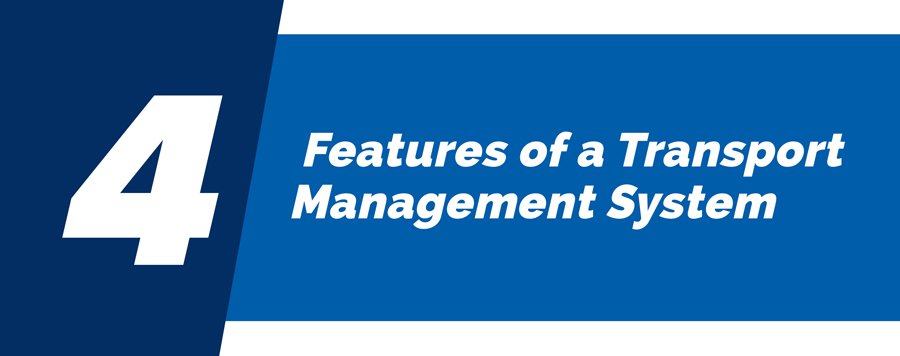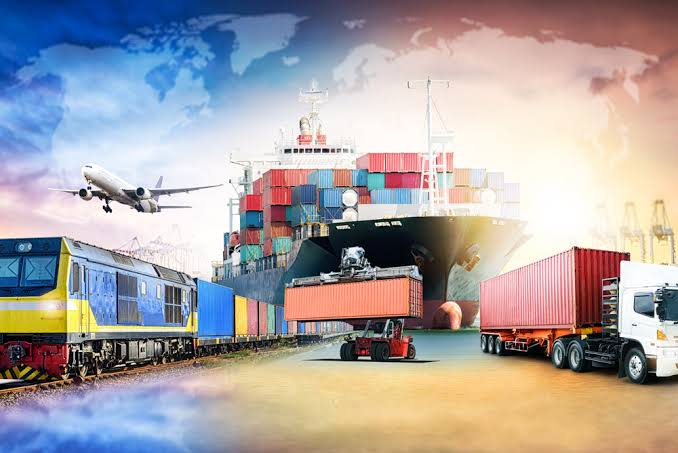The Top Advantages Of Integrating Fleet Management Software With ERP
Businesses use Enterprise Resource Planning (ERP) systems with large, complex operations as part of their resource management, operational, and MIS processes. These businesses frequently face the challenge of modifying the current ERP system to meet the demands of particular functions and processes.
Read More








